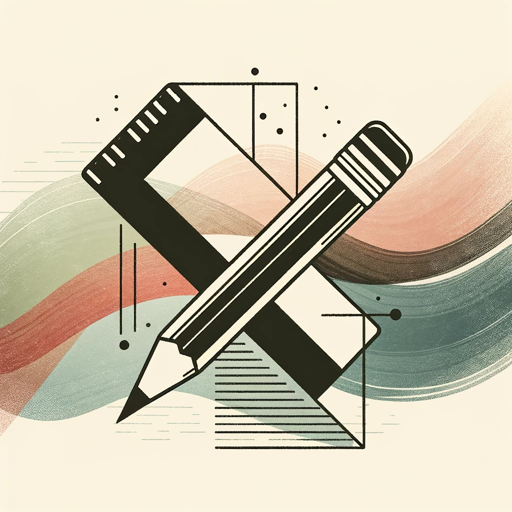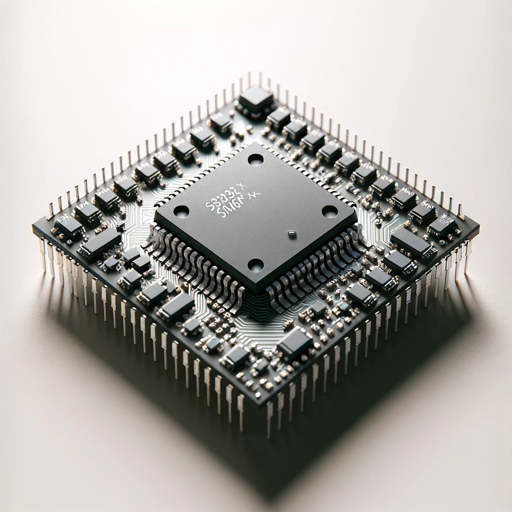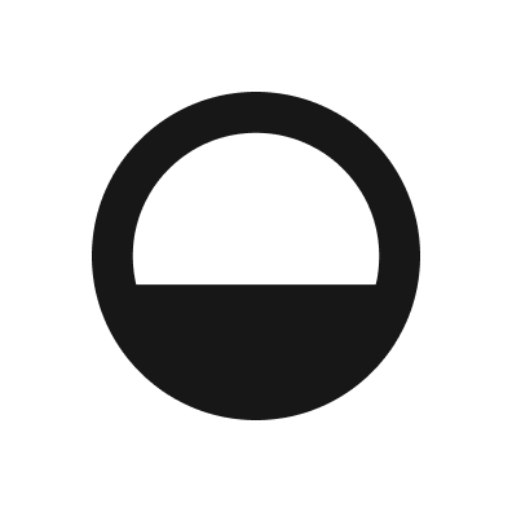Design Critique-expert digital design critiques
AI-powered design feedback tool
How can this layout be improved?
Thoughts on this color scheme?
Is the typography effective here?
Evaluate the functionality of these UI elements.
Related Tools
Load More
What Would Apple Do?
Design feedback on every upload, based on Apple's HIG

Design Feedback for Devs
UX/UI/Product design feedback for developers. Start by uploading a design.

Design Lens
Analyzes graphic designs, explains principles, and offers improvement tips.

Art Critic
Expert in Art Critique, Ratings, and Comparative Analysis

DesignBuddy
Your design feedback partner offers you constructive feedback from multiple perspectives on your work. Simply upload your screens to receive valuable feedback.

Design Crit Partner
Systematic design critiques with improvement focus
20.0 / 5 (200 votes)
Introduction to Design Critique
Design Critique is a specialized service aimed at providing in-depth evaluations of UI/UX designs. It focuses on analyzing various aspects of digital products, such as usability, functionality, and aesthetic coherence, to enhance overall user experience. The purpose is to help designers, developers, and businesses refine their designs to meet user needs more effectively. For instance, a critique might highlight issues with navigation flow in a mobile app, suggesting ways to streamline user interactions and improve accessibility.

Main Functions of Design Critique
Usability Analysis
Example
Evaluating how easily users can navigate a website or use a software application.
Scenario
A company launches a new e-commerce platform. Design Critique assesses the checkout process, identifying steps where users might encounter friction, and suggests improvements to make the process more intuitive and efficient.
Aesthetic Evaluation
Example
Reviewing the visual design elements such as color schemes, typography, and layout consistency.
Scenario
A startup developing a productivity app receives feedback that their interface looks cluttered. Design Critique examines the visual hierarchy and recommends changes to create a cleaner, more appealing design.
Accessibility Assessment
Example
Ensuring that designs comply with accessibility standards to be usable by people with disabilities.
Scenario
An educational platform wants to ensure its resources are accessible to all students. Design Critique checks for compliance with WCAG guidelines and suggests adjustments to improve readability and interaction for users with visual impairments.
Ideal Users of Design Critique Services
UI/UX Designers
Designers looking to refine their work can benefit from expert feedback on usability, aesthetics, and accessibility. This helps them create more user-friendly and visually appealing designs, ultimately enhancing their portfolio and client satisfaction.
Product Managers and Developers
Product managers and developers aiming to launch successful digital products can use Design Critique to identify and resolve design issues early in the development process. This ensures a smoother user experience and reduces the need for costly redesigns post-launch.

How to Use Design Critique
Visit aichatonline.org for a free trial without login, also no need for ChatGPT Plus.
Begin by visiting the website to access a free trial. No login or subscription to ChatGPT Plus is necessary.
Upload or describe your design project.
Provide details of your design project, whether it's a website, app, or another digital interface. You can also upload related files for more specific feedback.
Specify areas for critique.
Highlight particular areas where you seek feedback, such as usability, aesthetics, functionality, or a specific design element like typography or layout.
Review the detailed critique provided.
Receive a comprehensive critique that includes actionable insights and suggestions for improvement across various aspects of your design.
Implement suggested improvements.
Use the feedback to make iterative improvements to your design. You can revisit the platform for additional critiques as needed.
Try other advanced and practical GPTs
The Second Brain: Universal Problem Solver
AI-driven solutions for complex problems.

Web Summarizer
AI-powered summaries for smarter reading

AHA Music - Song Finder
AI-Powered Music Recognition Tool

医療統計GPT
AI-powered medical statistics analysis

Transfer learning GPT
AI-powered transfer learning for seamless task adaptation

Rhetorica: AP Lang Rhetorical Analysis Tutor
AI-powered analysis for AP Language

بوت يتقمّص د.فادي عمروش
Enhance Decisions with AI Insights

STM32编程大师
AI-powered STM32 programming solutions

Social Media Guru
AI-Powered Social Media Strategy.

Pine Script Pro
AI-powered Pine Script coding assistant.

Design Systems Guide
AI-powered Design System Creation

UX/UI Designer | Roast my web and saas
AI-powered design critique tool

- Web Design
- App Development
- UX Improvement
- UI Enhancement
- Accessibility Review
Design Critique Q&A
What is the primary function of Design Critique?
Design Critique provides expert feedback on digital product designs, helping to improve usability, functionality, and aesthetic coherence of websites, apps, and other digital interfaces.
Do I need a subscription to use Design Critique?
No, you can access a free trial without needing to log in or subscribe to ChatGPT Plus.
What types of projects can I submit for critique?
You can submit a wide range of digital design projects, including websites, mobile apps, software interfaces, and more.
What aspects of my design will be critiqued?
Critiques cover various aspects such as typography, layout, color schemes, user experience, accessibility, and overall design coherence.
How can I get the most out of the feedback provided?
To maximize the benefits, clearly specify the areas you need feedback on, and be open to iterative improvements based on the detailed suggestions provided.